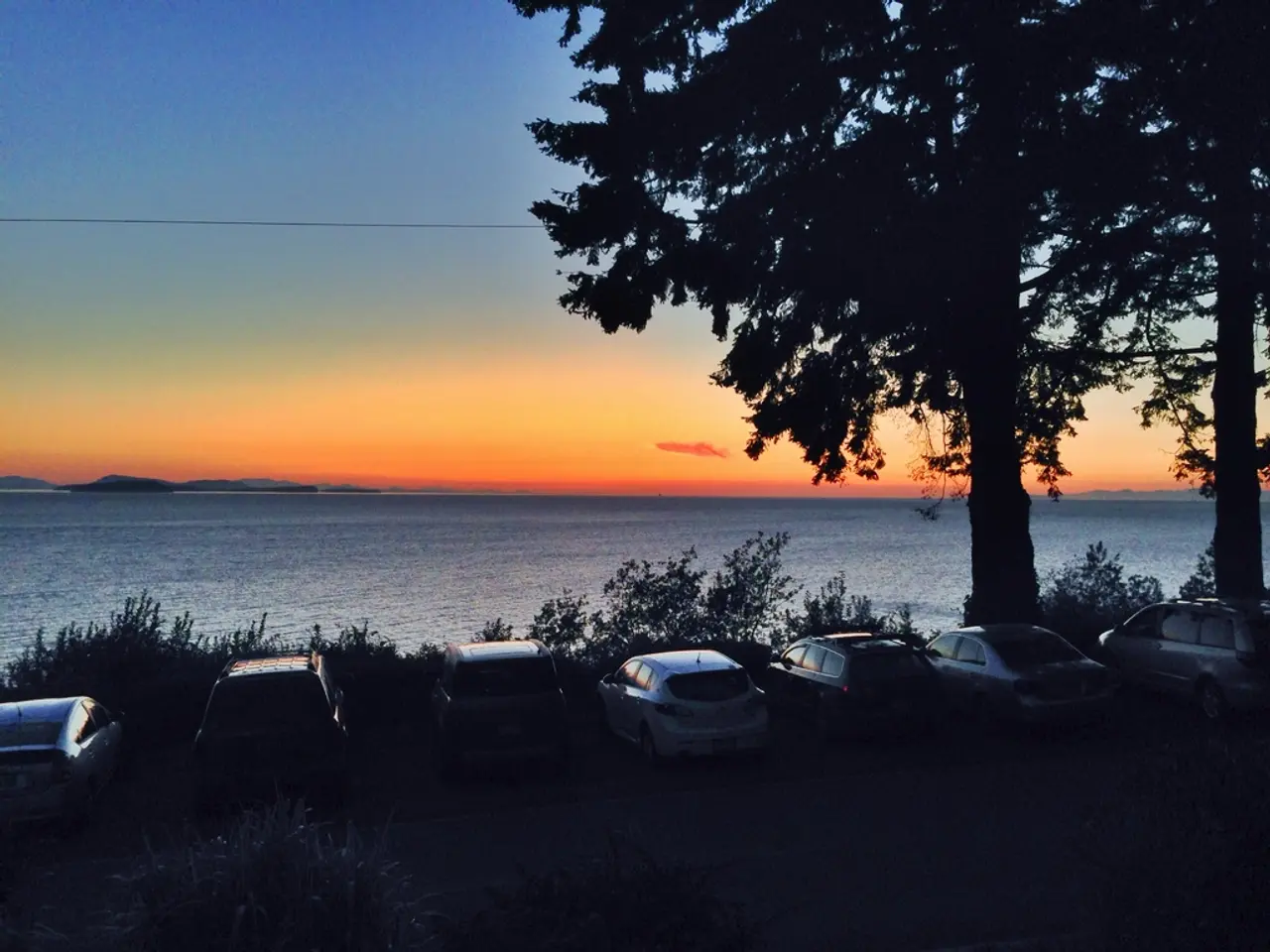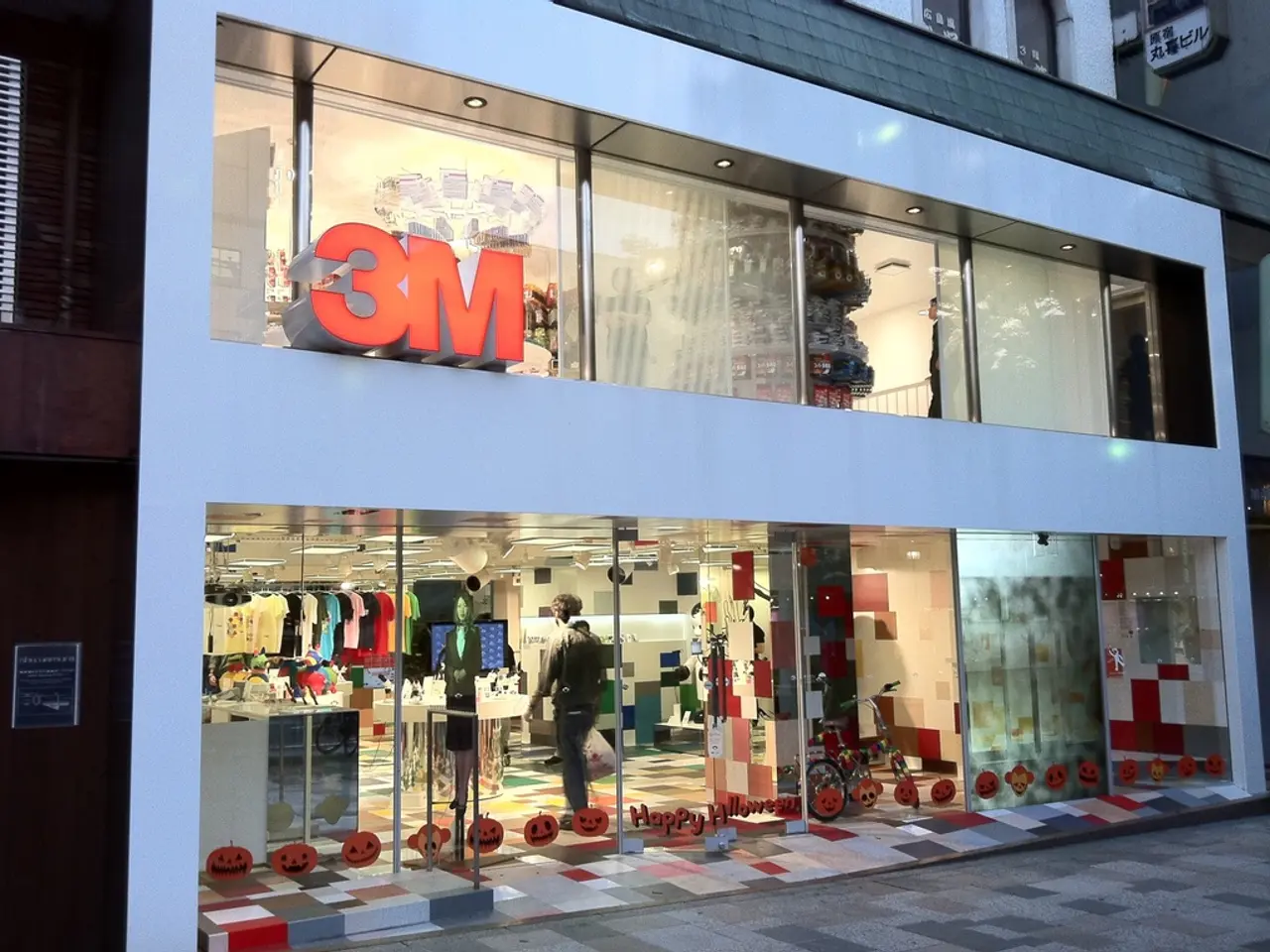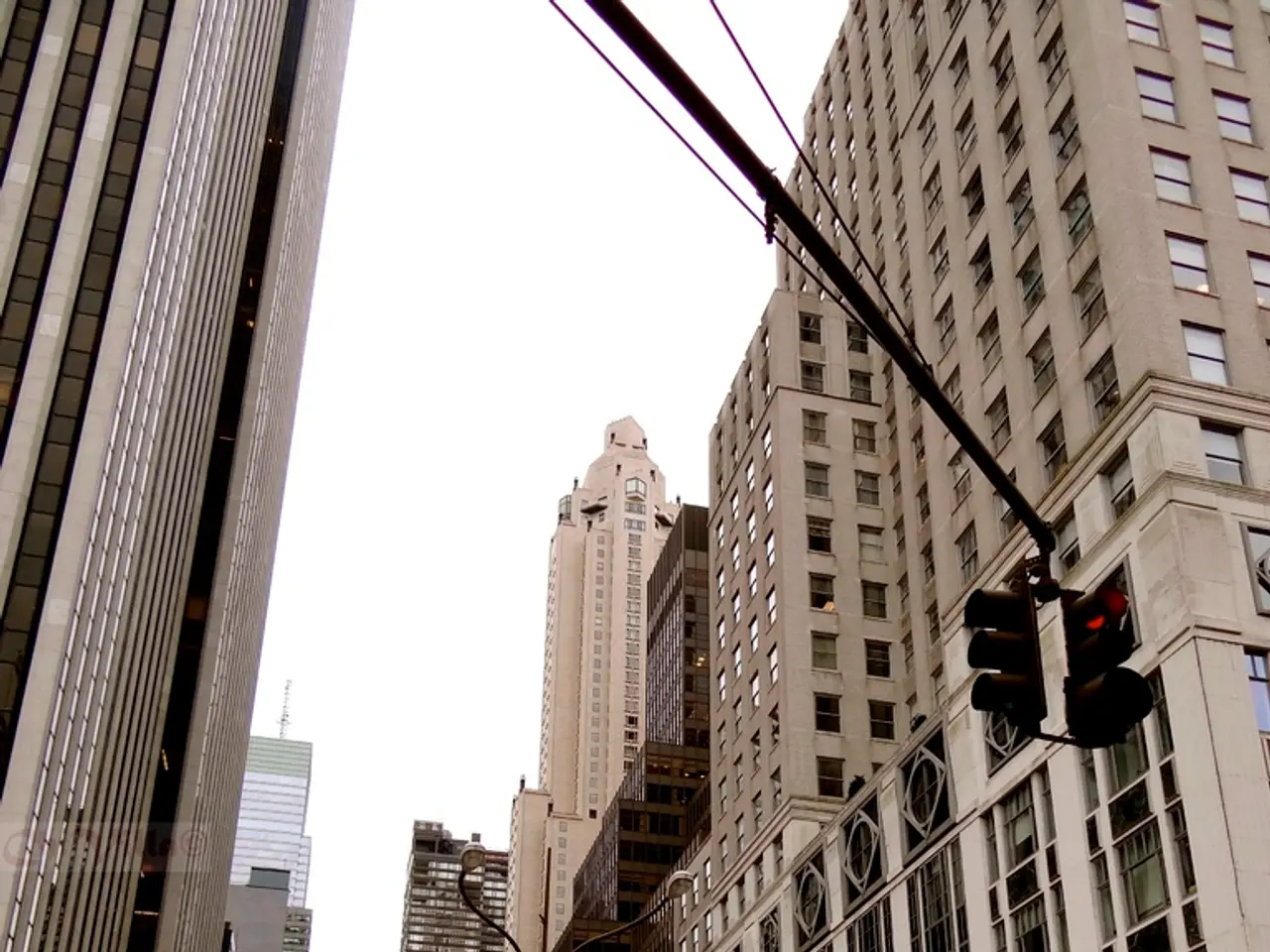Unheralded natural asset thrives in UAE's ecosystem, significantly contributing to the battle against climate change
In a significant move towards environmental sustainability and eco-tourism, the Dubai Executive Council has approved a Dh650 million ($177 million) development plan for the Ras Al Khor Wildlife Sanctuary. This ambitious project aims to enhance biodiversity, rehabilitate mangrove habitats, and establish the sanctuary as a premier eco-tourism destination.
The development will unfold in two phases, with the first phase covering approximately 6.4 square kilometers, scheduled for completion by the end of 2026. The primary focus of this phase is to increase mangrove coverage within the sanctuary. The project plans to plant new mangroves, raising the coverage by 60 percent, from 40 hectares to 65 hectares.
To achieve this, the project will create new irrigation channels, rehabilitate existing mangrove forests, and establish new habitats such as a mangrove lake, North Edge Lake, and reed ponds. Additionally, a "Green Spine" development will be implemented, and regular post-rehabilitation monitoring will be conducted to ensure successful growth and sustainability.
The expansion of water bodies in the sanctuary is another key aspect of the project, which will increase their total area by 144 percent, amounting to 74 hectares. This expansion will contribute to a 60 percent increase in carbon dioxide absorption, further benefiting the environment. The plan also includes adding 10 hectares of mudflats (salt flats), which will support the sanctuary’s ecosystem and biodiversity.
The second phase of the development will concentrate on improving infrastructure and recreational facilities. This includes building a visitor center, 5.6 kilometers of cycling tracks, and 3 kilometers of walking trails to support various events and enhance eco-tourism offerings.
The Ras Al Khor Wildlife Sanctuary, home to over 450 species of wildlife, including large flocks of flamingos, is poised to become a global hub for mangrove conservation, knowledge exchange, and restoration expertise. With its tech-forward mindset and AI ambitions, the UAE could lead in science-based mangrove restoration using AI, satellite technology, and continued investment in knowledge, training, and project development.
The UAE's commitment to mangrove conservation is evident in its pledge to plant 100 million mangroves by 2030. The country is also developing large-scale, carbon-financed projects in the UAE and rolling them out across Africa and Asia. Mangroves, known for their ability to capture carbon dioxide up to five times more than tropical rainforests, make them one of the planet's most powerful carbon sinks.
Moreover, mangroves serve as nature's coastal bodyguards, buffering shorelines from storms and cyclones, reducing soil erosion, and protecting against rising sea levels. They also provide critical breeding grounds for commercially important fish species such as mullet and sea bream. If done right, mangroves can become one of the UAE's most powerful climate assets, providing benefits in biodiversity, coastal resilience, climate jobs, and long-term economic stability.
The Ras Al Khor announcement is a powerful moment for the UAE's mangrove ecosystem, signaling an opportunity for a global mangrove renaissance. With the help of AI-powered tools, satellite imagery, and drones, the UAE is at the forefront of innovative mangrove restoration efforts. This development plan is a testament to the UAE's commitment to environmental sustainability and its ambition to position Dubai among the top three global tourism destinations.
- The Ras Al Khor Wildlife Sanctuary, located in the Emirates, is a potential global hub for mangrove conservation and restoration expertise.
- The development plan for the Ras Al Khor Wildlife Sanctuary includes creating a visitor center and building cycling tracks and walking trails for eco-tourism purposes.
- The UAE is planning to plant 100 million mangroves by 2030 as part of its commitment to mangrove conservation and climate change mitigation.
- Mangroves, found across Africa, Asia, and other regions, are valued for their ability to absorb carbon dioxide and serve as coastal bodyguards against storms, cyclones, and rising sea levels.
- The growth of mangrove coverage in the Ras Al Khor Wildlife Sanctuary will be facilitated through the creation of irrigation channels, rehabilitation of existing forests, and development of new habitats like mangrove lakes and reed ponds.
- By investing in mangrove restoration projects, the UAE aims to contribute to the global fight against climate change and promote sustainable living.
- The ambitious Ras Al Khor development project aims to enhance biodiversity and establish the sanctuary as a premier eco-tourism destination, boosting the world's environmental-science, sustainable-living, home-and-garden, and lifestyle sectors.
- The Dubai Executive Council's approval of the Dh650 million ($177 million) development plan for the Ras Al Khor Wildlife Sanctuary demonstrates the Emirates' dedication to creating a more sustainable world and fostering a healthier climate.




